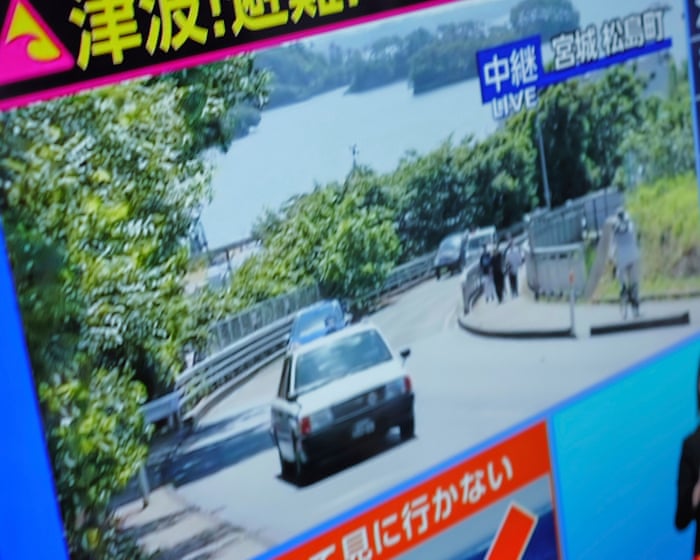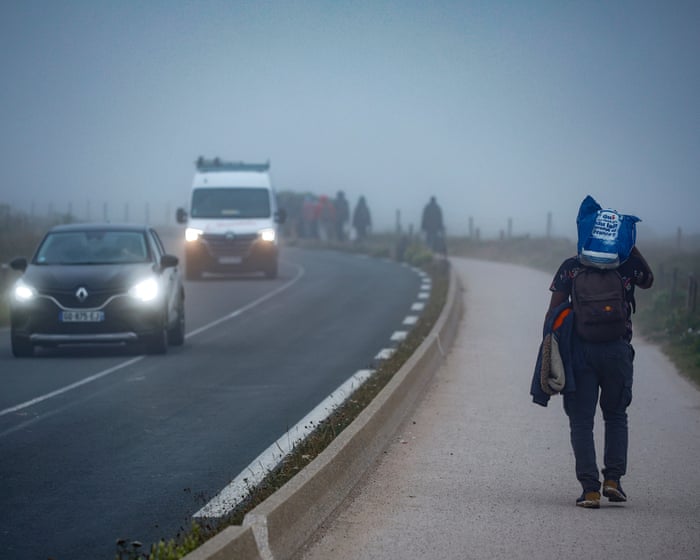A massive 8.8-magnitude earthquake struck near Russia’s Kamchatka Peninsula on Wednesday, triggering tsunami warnings and evacuation orders across Japan, the U.S. West Coast, and parts of the Pacific. The shallow quake, one of the strongest ever recorded, generated waves up to four meters high in some areas.
The U.S. Geological Survey reported the quake occurred at a depth of 19.3 km (12 miles), centered 126 km (80 miles) southeast of Petropavlovsk-Kamchatsky, a city along Russia’s Avacha Bay. Sergei Lebedev, the regional emergency minister, confirmed tsunami waves of 3 to 4 meters in parts of Kamchatka, with several injuries reported.
Oleg Melnikov, the regional health minister, told Russia’s TASS news agency that some people were hurt while fleeing—one jumped from a window, and a woman was injured inside the new airport terminal. However, all patients were in stable condition with no serious injuries.
Kamchatka governor Vladimir Solodov called it the strongest quake in decades, damaging a kindergarten in the area. The U.S. Tsunami Warning System issued alerts for Russia, Japan, Alaska, and Hawaii, with waves up to 3 meters possible in Ecuador. Sirens blared in Hawaii, urging coastal evacuations.
In Japan, over 900,000 residents along the Pacific coast were ordered to evacuate, recalling the devastation of the 2011 tsunami. Officials warned that subsequent waves could be higher than the initial ones. While the Japan Weather Agency predicted waves up to 3 meters, only 40 cm waves were recorded so far.
Workers at the Fukushima nuclear plant, destroyed in 2011, were evacuated as a precaution, though no abnormalities were detected. The quake was barely felt in Hokkaido, Japan’s northernmost island, about 250 km (160 miles) from the epicenter.
The U.S. National Tsunami Warning Center issued alerts for Alaska’s Aleutian Islands and parts of the West Coast, including California, Oregon, Washington, and Hawaii.
Kamchatka and Russia’s Far East lie on the Pacific Ring of Fire, a highly active seismic zone prone to earthquakes. A University of Tokyo seismologist noted that shallow, distant quakes can still trigger tsunamis affecting Japan.Japan and the surrounding regions are prone to earthquakes and volcanic eruptions due to their location in an active seismic zone. Japan is one of the most earthquake-prone countries in the world.
In early July, five strong earthquakes—the most powerful measuring 7.4 in magnitude—occurred in the sea near Kamchatka. The largest quake struck at a depth of 20 kilometers, about 144 kilometers (89 miles) east of Petropavlovsk-Kamchatsky, a city with 180,000 residents.
On November 4, 1952, a massive magnitude 9.0 earthquake hit Kamchatka. While it caused significant damage, no deaths were reported. However, the quake triggered 9.1-meter (30-foot) waves in Hawaii.




